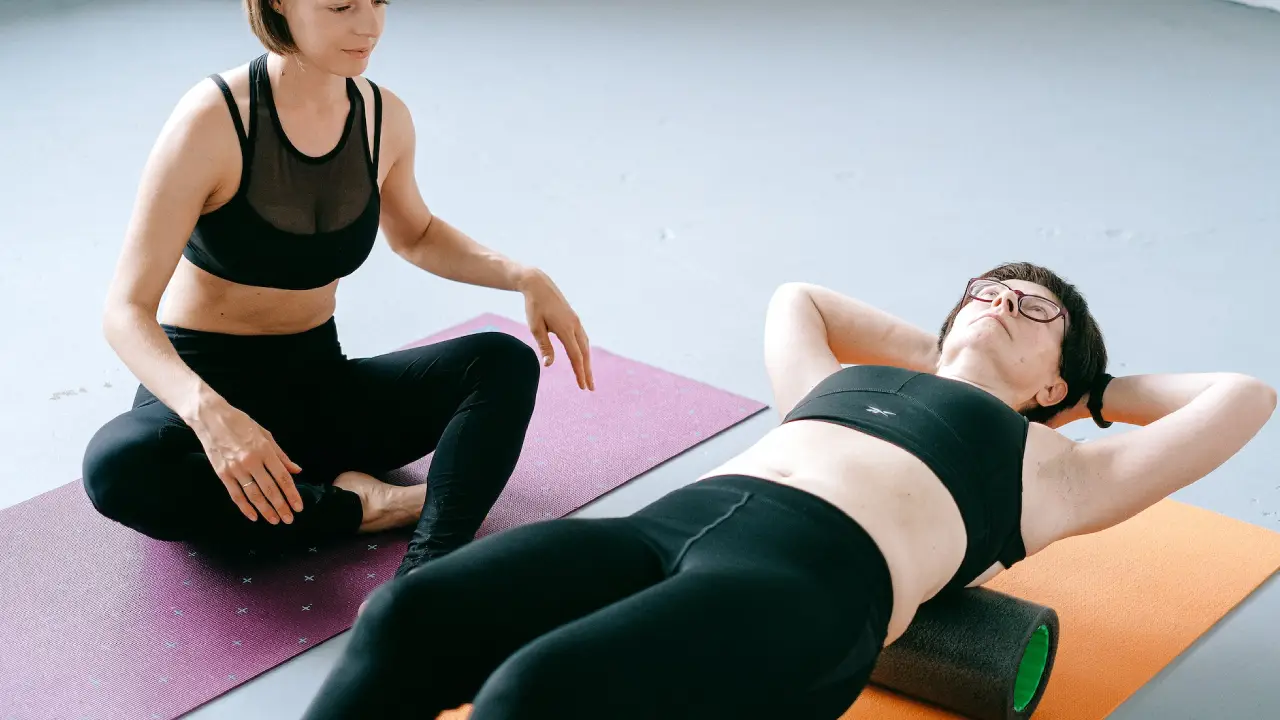Stretching – a simple yet often underestimated practice in the world of fitness. It’s not just for yogis or contortionists; it’s for everyone. Whether you’re a gym enthusiast, an athlete, or someone trying to stay fit, stretching before and after workouts is crucial. In this blog post, we’ll delve into the power of stretching to make your workouts safer and more effective.
Why Stretching Matters
Stretching Increases Flexibility
Imagine your body as a rubber band. When it’s cold and stiff, it’s more likely to snap under pressure. But when it’s warm and flexible, it can stretch and adapt without breaking. Stretching does just that for your muscles and joints. It gradually increases their flexibility, making movements smoother and reducing the risk of injury.
Preventing Injury
Speaking of injuries, this is a big one. Many workout-related injuries can be traced back to a lack of proper stretching. When you stretch, you prepare your muscles and joints for the upcoming physical activity. This decreases the chances of sudden strains or tears during your workout.
Improved Circulation
Stretching increases blood flow to your muscles. This enhanced circulation ensures that your muscles receive the nutrients and oxygen they need to perform efficiently. Plus, it helps remove waste products like lactic acid that can build up during exercise, reducing post-workout soreness.
The Right Way to Stretch
Static Stretching
This is the most common form of stretching, where you stretch a muscle group to its furthest point and hold it there for around 15-30 seconds. Static stretches are great for improving flexibility and should be done after your muscles are already warmed up.
Dynamic Stretching
Dynamic stretching involves controlled movements that mimic the motions of your workout. For instance, leg swings or arm circles. These stretches help improve your range of motion and prepare your body for the specific activities you’re about to do.
Proprioceptive Neuromuscular Facilitation (PNF)
This is a fancy term for a highly effective stretching technique. It usually involves a partner and is particularly useful for athletes. PNF stretching helps improve both flexibility and strength by alternately contracting and relaxing the muscles.
Stretching Before vs. After Workouts
Before Workouts
Stretching before exercise is all about preparing your body. Focus on dynamic stretching to wake up your muscles and get your heart rate up. This helps to prevent injury and improve your performance during the workout. Avoid intense static stretching before your workout as it can temporarily weaken your muscles.
After Workouts
Post-workout stretching is when you can indulge in those relaxing static stretches. Your muscles are warm and more receptive to elongation. Stretching at this stage aids in muscle recovery, reduces soreness, and gradually brings your heart rate back to normal.
Make Stretching a Habit
Now that we understand why the power of stretching is essential and how to do it correctly, the next step is consistency. Make stretching a non-negotiable part of your fitness routine. Here are some tips to help:
Set a Schedule: Allocate time specifically for stretching, just like you do for your workouts. It’s as important as any exercise.
Mix It Up: Don’t stick to the same routine every day. Incorporate a variety of stretches to target different muscle groups.
Stay Hydrated: Drinking enough water keeps your muscles pliable and less prone to injury.
Listen to Your Body: If a stretch hurts in a bad way, stop immediately. Stretching should never cause pain.
Seek Professional Guidance: If you’re unsure about your stretching routine, consider consulting a fitness trainer or physical therapist.
Conclusion
Incorporating stretching before and after workouts is the secret sauce to a safer, more effective fitness journey. Remember, it’s not just about reaching your toes or doing a perfect split; it’s about ensuring your body functions at its best. So, take advantage of the power of stretching today and unlock your full fitness potential.
Have you experienced the benefits of stretching in your workout routine? Share your thoughts and experiences in the comments below. Let’s inspire each other to stay fit and flexible!





